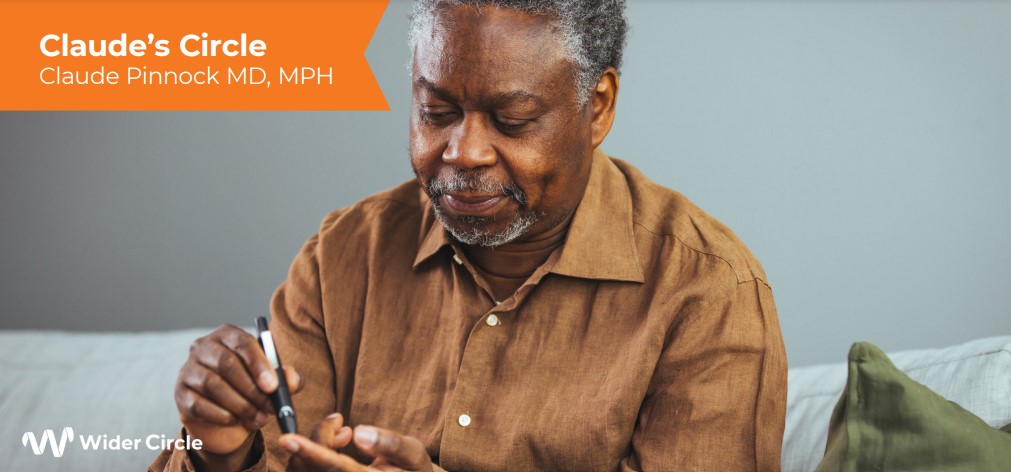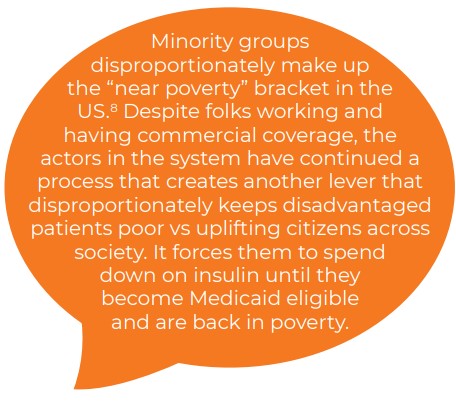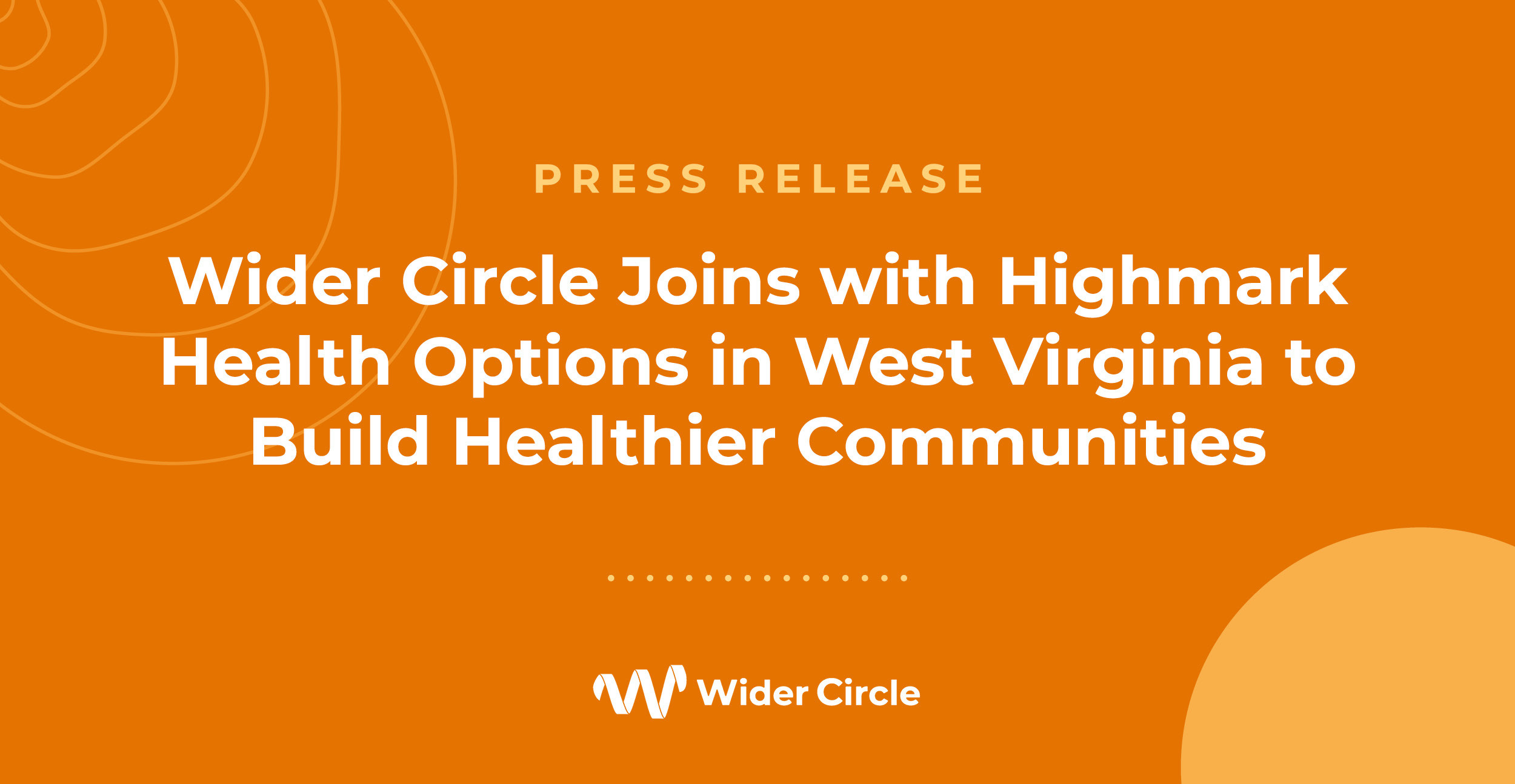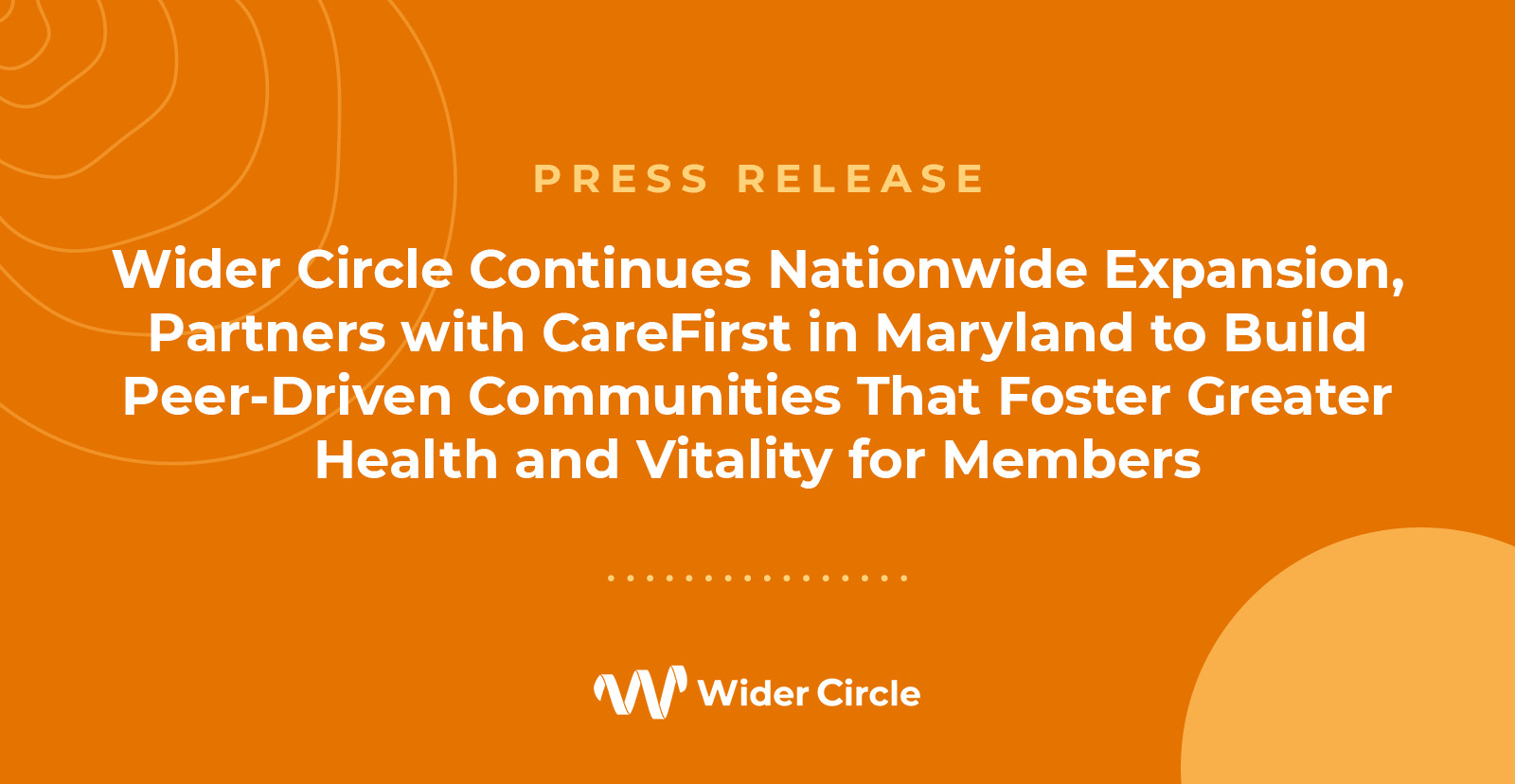
The cost of medications in the US compared to other markets, particularly generic life-saving drugs such as insulin is a particularly hot topic in healthcare at the moment given recent legislation passed, capping its cost at $35.
Insulin was first scientifically extracted in 1921, given to the first patient in 1922, and by 1923, it had taken the world of medicine by storm as a wonder drug.1 Commendably, its creators gave the patent of their invention away for $1, with one of them famously stating, “Insulin does not belong to me; it belongs to the world”.
With the advances that modern technology brings, insulin continues to be extremely cheap to manufacture relative to other therapies. It brings exceptional quality-adjusted life year (QALY) gains, given the outsized impact it can have on an individual’s health. In many countries, it costs well under $10 to produce a vial, with the global average coming in at $8.81. In the top 10 most expensive countries, of which the US average ranks number 1 at just shy of $100, the second most expensive country is Chile at $21.48 – a fifth of the USA.2 Patient’s may need multiple vials per month; and, costs can vary up to $300 a vial in the United States.
So why is this? Is insulin in America some form of super insulin? Does the American population carry a particular gene that requires some variant of the drug? Is it to recoup the costs of drug development? – Wait, didn’t I say it cost the world $1? That can’t be right. As always, the answer isn’t simple, but cynically to understand the root cause, you need to follow the money.
Insulin has a “clique” of big pharma surrounding it. Only three manufacturers make up almost 100% of the drug supply in America (Eli Lilly, Novo Nordisk and Sanofi), and they adjust their prices in lockstep with one another.3 Since there is essentially a unified supply of insulin and it is not a luxury medicine (if such a thing exists), the free market can’t operate in such an environment. Instead, the market will pay whatever is necessary to save the lives of the 1 million Americans living with Type 1 Diabetes and the countless Type 2 diabetics suffering from its associated complications. Sadly it’s not easy for a company to come and disrupt the industry given stringent FDA guidelines and classifications. Drug companies can make minor adjustments to the core medication or, critically, its delivery system to keep patents fresh in tandem with more and more Americans being diagnosed with diabetes every year, creating greater demand. This headwind, combined with anti-competitive tactics used by the pharmaceutical companies, leads to an escalating cost crisis.

But what about insurance – surely this shouldn’t cost any of the ~300 million insured Americans a thing? Unfortunately having insurance doesn’t insulate individuals from accumulating considerable total costs especially when you combine them with other supplies they will need like testing strips, blood glucose monitors, etc. Using standard Medicare insurance as an example, folks can quickly be decimated by copays, and whilst some states will cap these copays at $100 or less per month this is still not a small amount of money for many ordinary citizens. Commercial plans also have considerable out-of-pocket costs and pharmacy benefit managers are incentivized to keep “preferred” manufacturers and medications on the plan formularies leaving the consumer with few options.
As mentioned at the start, a recent positive step was taken by the current administration. As part of the inflation reduction act, insulin was capped at $35, but only for those with Medicare coverage.4 This means that ~21 million Americans who have diabetes out of the total ~ 34 million will not benefit, and 31 million uninsured individuals could be exposed to excessively priced out-of-pocket insulin. Crucially, countless working class families with some form of insurance, not poor enough to qualify for Medicaid where prices are generally considerably cheaper per vial,5 and not old enough to qualify for Medicare, are exposed to the same market dynamics with large co-pays. There are many examples of folks taking a considerable financial burden on a monthly basis, some with up to $1000 of out-of-pocket costs6 just to keep their families alive and healthy with a drug discovered and sold to the world for a dollar 100 years ago. In fact, 1 in 4 individuals routinely ration their insulin doses just to keep personal costs down.7
Minority groups disproportionately make up the “near poverty” bracket in the US.8 Despite folks working and having commercial coverage, the actors in the system have continued a process that creates another lever that disproportionately keeps disadvantaged patients poor vs uplifting citizens across society. It forces them to spend down on insulin until they become Medicaid eligible and are back in poverty.
So what can be done? Perhaps a universal cap? The problem is that it would cost pharma companies margins. Yes they’d still make a profit (don’t forget $35 is still far more than the $8.81 average). It would just be less, and these companies have powerful lobbying arms. More competition? Some companies have tried to enter the market dominated by the three but this has had limited success as they are priced out or drowned out by their considerable market penetration.9
Ultimately, legislation that considers the ripple effects of any consumer involvement both locally and globally, is needed to solve the market’s anti-competitive nature. Did you know that the big three also supply 90% of the world’s insulin supply? Cost control mechanisms and universal medication pricing in other countries allows for affordable medication access. So what is our path to this and addressing the inequity we are reinforcing? We need to elicit change with a group of bipartisan individuals in D.C. We should support the FDA’s easy approval of biosimilar therapies to increase competition, the FDA’s approval and interchangeability of biosimilar therapeutics, and a combination of federal and state-level laws to end anti-competitive activities. Currently, the industrial lobbying complex contributes to a problem of human decency from outdated methods and unless we demand empathy, aid, and equity, the maximum monetary value will continue to be accepted. Demanding change at the national level is essential, let’s start the transformation by continuing to raise awareness and not settling for half measures.

References:
- Diabetes UK, 100 Years of Insulin, https://www.diabetes.org.uk/research/research-impact/
insulin#:~:text=Insulin%20was%20discovered%20by%20Sir,purified%20by%20James%20%20B%20%20
Collip, 1/26/2023 - World Population Review, Cost of Insulin by Country, https://worldpopulationreview.com/countryrankings/cost-of-insulin-by-country, 1/26/2023
- Ryan Knox, Insulin insulated: barriers to competition and affordability in the United States insulin
market, https://academic.oup.com/jlb/article/7/1/lsaa061/5918811, 1/27/2023 - Iri B Hirsch, Insulin pricing in the USA: the saga continues, https://www.thelancet.com/journals/landia/
article/PIIS2213-8587(22)00251-0/fulltext, 1/26/2023 - Peggah Khorrami, MPH1; Michael S. Sinha, MD, JD, MPH2,3; Aditi Bhanja, MPH1, Differences in Diabetic
Prescription Drug Utilization and Costs Among Patients With Diabetes Enrolled in Colorado Marketplace
and Medicaid Plans, https://jamanetwork.com/journals/jamanetworkopen/fullarticle/2788123, 1/27/2023 - Berkeley Lovelace Jr., Reynolds Lewis, Gadi Schwartz, Insulin costs will be capped in 2023, but most
people with diabetes won’t benefit, https://www.nbcnews.com/health/health-news/insulin-cost-cappeople-diabetes-no-benefit-rcna58165, 1/27/23 - Darby Herkert, BS1; Pavithra Vijayakumar, BA2; Jing Luo, MD, MPH3; Cost-Related Insulin Underuse
Among Patients With Diabetes, https://jamanetwork.com/journals/jamainternalmedicine/
fullarticle/2717499, 1/27/2023 - Statista Research Group, Poverty rate in the United States in 2021, by ethnic group, U.S. poverty rate, by
ethnicity 2021, https://www.statista.com/statistics/200476/us-poverty-rate-by-ethnic-group/#:~:text=In%202021%2C%2019.5%20percent%20of,8.1%20percent%20of%20Asian%20peopleStatista, 1/27/2023 - Ryan Knox, Insulin insulated: barriers to competition and affordability in the United States insulin market, https://academic.oup.com/jlb/article/7/1/lsaa061/5918811, 1/27/2023


